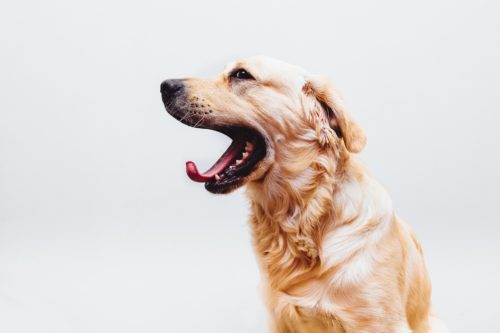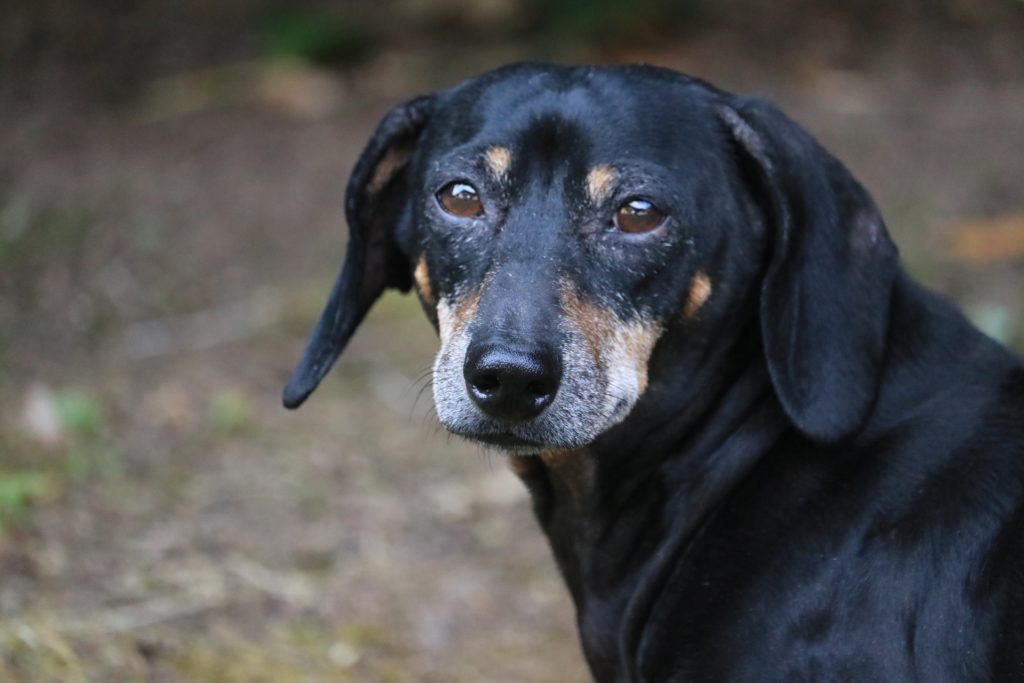The issue with dog panic attacks is that they’re hard to identify. The signs fluctuate, can be quite dismal, and are often misinterpreted for simply odd behavior. The fact of the matter is that your pup can suffer from the same, everyday anxieties you can but won’t be able to tell anyone about it. This puts you, the dog owner, in a tough situation as you are forced to interpret behavioral patterns and physical symptoms in order to come to any sort of conclusion.
However, if your pup is suffering from an anxiety-induced panic attack, there are clear signifiers that can help you see the problem for what it is and let you take action to end your furry friend’s suffering.
What Causes a Dog Anxiety Attack?

Dogs tend to experience panic attacks when they become overly anxious and scared. This usually boils down to four different factors: confinement, travel, noise and separation anxiety in dogs. Your dog may grow nervous and worried if stuck in a confined space. Sometimes it is necessary to have him in a crate or small area, but be aware that pups don’t necessarily love being put into a corner and this may trigger a panic attack.
Travel too, and not just to the vet, can be a panic-inducing experience for many dogs. After all, they don’t know where they’re going or how they’re getting there or why. Noise and separation are fairly obvious causes of panic attacks. Loud noises such as the 4th of July fireworks or sirens can send even the calmest of dogs into a panic.
Physical Signs of a Panic Attack in Dogs
Due to the vast array of varieties and breeds and a whole host of environmental factors, a panic attack can manifest in a number of different ways that will vary from dog to dog. It is thus important to realize that any given dog may show a range of physical symptoms that may be entirely different from another dog suffering the same sort of attack.
Easily recognizable physical signs that will usually be apparent in every dog in the midst of a panic attack will be heavy breathing and a rapid heart beat. Both of these have to do with the fact that your dog is anxious and this, as in humans, causes a sharp uptick in heart rate and shallowness of breath. Panting can be severe and may be accompanied by over-salivation and drooling. If your dog is trembling and shaking, this too can be a fairly common physical sign of a panic attack.
Behavioral Signs of a Dog Panic Attack

By far the most apparent signs of a dog panic attack are the behavioral ticks that your pup is likely to display. Though these signs can often be misinterpreted as your dog acting out or being silly, they will, in fact, be telltale symptoms of an anxiety-induced panic attack. The behaviors that you already probably expected from a dog in the midst of a panic attack—your pup’s ears flat against his head and tail tucked between his legs—will be readily apparent, along with a number of others that may not be as obvious.
Excessive chewing and scratching may not be caused by fleas or allergies, but can point to anxiety in the same way that scratching at the scalp and arms can be for humans. Constant licking and chewing of the paws is another signifier of a dog panic attack, similar to how humans chew their nails. Whining and pacing can be clear indicators that your companion is having a rough time, as can hiding or excessively seeking attention.
While in the throes of an attack, your dog will either seek comfort and safety, or choose to lash out. Fight or flight is the name of the game and if they choose to fight, then you can expect growling, aggressive barking, and biting in some cases. This is not your dog expressing bad behavior, it is him reacting to an outside influence in an anxious way.
Understanding such signs as urination and defecation inside, attempting to escape the house, and scratching wildly at doors and windows, can let you gain insight into your pup’s panicked state of mind and help you try to eliminate the source of his anxiety.
For more information, learn what your options are for treating dog anxiety.




